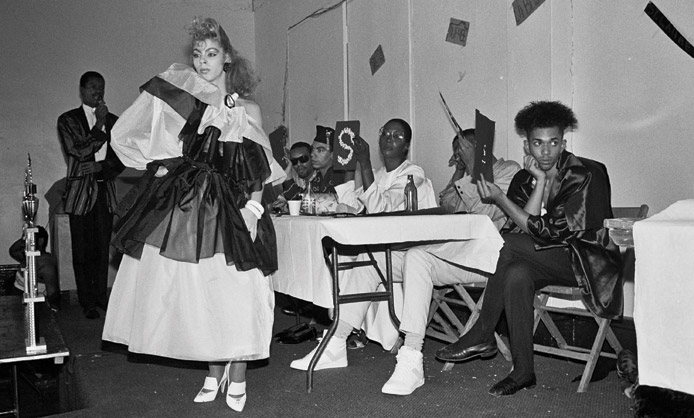 Archivio
Archivio
Queer, music, dance and social stigma mixed together bring to life a new cultural dimension that escapes from mainstream trends and gives everybody the opportunity to shine, to be someone.
“This society – going to a football game, basketball – that’s their entertainment. You know, a ball is ours. We prepare for a ball. We may spend more time preparing for a ball than anybody would spend preparing for anything else. You know, a ball is like our world. A ball, to us, is as close to reality as we’re gonna get to all of that fame and fortune and stardom and spotlights.”
From the documentary “Paris is Burning”, 1990
A new dimension
Vogue, a word that certainly doesn’t sound new. Well-know fashion magazine, unforgettable hit from the singer Madonna, but also emblematic artistic phenomenon that for decades has sparked the underground urban scene in many cities around the world.
This word not only refers to a contemporary style of dance, but it also indicates a sub-culture rooted in the queer, LGBT, working class black and latin communities of New York and other American cities. It combines various forms of self-expression, dance in the first place, but also music and fashion, with political and social issues such as status, ethnicity and sexual orientation. However, the element that mostly characterises this cultural movement is the dance style: vogueing. It combines plastic poses and fluid movements performed with arms and hands, and, unsurprisingly, the name refers to the influential fashion magazine, as the moves and gestures aim at recreating those iconic poses.

Into the sub-culture
Unlike other dance styles come to light from urban sub-cultures such as hip hop or breakdancing – where performances take place mostly on the street – the so-called “ballrooms” have a prominent role for vogueing. In these venues the various “houses” (crews of dancers organized hierarchically like real families) organize balls: competitions where the voguers or ball- walkers perform in different categories (e.g. Fantasy, Realness, etc.).
Since the Sixties vogueing has evolved in several different styles. The Old Way, popular before 1990, can be seen as a real fight between two rivals walkers. In the famous documentary on the Vogue culture “Paris is Burning“, Willi Ninja says:
“Now, where street gangs get their rewards from street fights, a gay house street-fights at a ball. And you street-fight at a ball by walking in the categories.”
The New Way style, characterized by geometric, articulate movements, was mainly performed during the first half of the nineties. It diverges consistenlty from another style, the Vogue Femme, more graceful and fluid, that since 1995 has evolved significantly creating two new subcategories: Dramatics, highly energetic acrobaticstyle and Soft and Cunt, more feminine and sensual.
The rise of vogueing
Born from the working class communities of the american inner cities, vogueing expanded overseas. In the United Kingdom the Vogue scene has spread from London to other cities like Liverpool, Manchester and Glasgow, where it recently regained a strong importance. Every year the city of Liverpool hosts the largest national Vogue competition, the “House of Suarez Liverpool’s Ball”. The event is organized by Darren Suarez, a professional dancer and mother of the House of Suarez. For what concerns the capital, the best ways to be part of the London vogueing scene is to attend the House of Trax nights. These old-school parties are organized monthly in East London by the music label Trax Coture. It promotes club music such as Chicago, Detroit and Baltimore House, that have recently become prominent in the British underground electronic scene.
Thanks to professional crews of dancers, fashion shows and celebrities the vogue culture reached the whole world. At the beginning of the nineties Madonna (with her single “Vogue”) and Malcom McClaren were the first to let vogueing be known outside the USA.
Lately the british singer, dancer, producer, choreographer and director FKA Twigs, whose reputation is growing exponentially worldwide, made vogueing the hallmark of her performances. Unwillingly she has become one of the main promoters of Vogue in the current music industry by performing with professional voguers as Benjamin Milan (mother of the House of Milan) in the acclaimed shows “Congregata” and in some of her music videos.
A new powerfull and expressive style
In recent years, the artistic and expressive power of this style of dance has grown as never before, reaching the Far East. In particular, this culture in Japan is a real art and fashion trend. Aya Sato and Bambi, media-artists, dancers, choreographers and models have an incredible entourage. They organize workshops and take part in international art projects. Thanks to their talent and their originality, Aya Sato and Bambi were chosen by Madonna as backup dancers for her infamous performance at the Brits Awards 2015. With no doubt these two artists will bring new interesting outlooks to the nipponic Vogue scene.
The artistic and conceptual mix of dance, fashion and music as forms of self-expression, make vogueing and, more generally, the Vogue culture a phenomenon of incomparable originality. Thanks to plastic poses and movements that often resemble those of a mime, Vogue put into direct contact dancers and spectators. It is a unique form of art that represents a political statement, not only it outlines social status and cultural background, it also unveils the desires, passions and dreams of an individual.
As Madonna says:
“Life’s a ball, so get up on the dance floor.”
Quando queer, musica, danza e stigma sociale si uniscono e si forma l’alchimia che porta alla luce una dimensione culturale nuova, folle, che quindi evade dalle logiche mainstream e dà ad ognuno la possibilità di brillare, di essere qualcuno a modo suo.
“This society – going to a football game, basketball – that’s their entertainment. You know, a ball is ours. We prepare for a ball. We may spend more time preparing for a ball than anybody would spend preparing for anything else. You know, a ball is like our world. A ball, to us, is as close to reality as we’re gonna get to all of that fame and fortune and stardom and spotlights.”
Tratto dal documentario “Paris is Burning”, 1990
Una nuova dimensione
Vogue, è una parola che sicuramente non vi suonerà nuova. Nota rivista di moda, famoso singolo di Madonna.
Vogue è anche un emblematico fenomeno artistico di grande rilievo, che ha animato per decenni ed anima ancora oggi la scena underground di molte città del mondo.
Il termine non si riferisce solamente ad uno stile di danza contemporanea. Il richiamo nascosto è in quella che viene considerata una “vera e propria cultura radicata” nelle comunità queer e LGBT della classe operaia nera e latina di New York ed altre città statunitensi.
Dove si uniscono diverse forme di auto-espressione, come la danza, ma anche la musica e la moda, e temi di natura politico-sociale come lo status, l’etnia, l’orientamento sessuale.
Tuttavia, l’elemento che più caratterizza questo movimento culturale è sicuramente lo stile di danza, appunto vogueing, che mescola pose plastiche a movimenti fluidi eseguiti con braccia e mani.
Non a caso, il nome rimanda proprio alla famosa rivista, poiché le movenze e i gesti di questa danza vogliono ricreare le stesse pose e immagini di quelle iconiche pagine patinate.

Parte di una sotto-cultura
Al contrario di altri stili di danza nati da subculture urbane come l’hip hop o la breakdance in cui le performance avvengono principalmente per strada, il luogo prediletto per il vogueing sono le cosiddette ballrooms.
All’interno di queste sale da ballo le varie houses, ovvero crews di ballerini organizzate gerarchicamente come vere e proprie famiglie, organizzano i balls:
- competizioni in cui i voguers o ball-walkers si esibiscono in diverse categorie (Fantasy, Realness, Solo ecc.).
Dagli anni Sessanta fino ad oggi il vogueing è andato evolvendosi, costituendo diversi stili.
Lo stile Old Way, stile in voga prima del 1990, si configura come una vera e propria battaglia tra due walkers rivali. Nel famoso documentario sulla cultura Vogue “Paris is Burning”, un giovane parlando del significato del termine “house” afferma:
“Una house è una gang di strada gay. Se una gang di strada accresce la sua reputazione con gli street fights, una house lo fa esibendosi nelle categorie dei balls.”
Lo stile New Way della prima metà degli anni Novanta è caratterizzato invece da movimenti geometrici e articolati, a differenza del Vogue Femme, più aggraziato e fluido. Quest’ultimo dal 1995 in poi si è evoluto, dando vita a due nuove sotto categorie:
- Dramatics, stile acrobatico ed energetico, e Soft and Cunt, più femminile e sensuale.
L’ascesa del vogueing
Nato dalla dimensione comunitaria dei bassifondi delle inner cities americane, il vogueing si è poi esteso oltreoceano. Nel Regno Unito la scena Vogue si è diffusa da Londra ad altre città del paese come Liverpool, Manchester e Glasgow, nelle quali ha recentemente riacquistato una forte centralità.
In particolare, a Liverpool ogni anno si tiene la competizione Vogue più grande a livello nazionale, il “Liverpool’s House of Suarez Ball”. L’evento è organizzato da Darren Suarez, ballerino professionista e mother, cioè fondatore, della House of Suarez.
Per quanto riguarda la capitale, uno dei migliori modi per assistere ai più spiccati talenti della scena Vogue londinese è partecipare alle serate House of Trax.
Questi party old-school organizzati mensilmente nell’East London, sono animati dai beat caratteristici della Chicago, Detroit e Baltimore House. Perchè sono generi che da qualche anno sono tornati in voga nella scena elettronica underground britannica.
Tutto questo grazie a etichette come la Night Slugs, che vanta artisti del calibro di Jam City e L-vis 1990.
Grazie a crews di ballerini professionisti, fashion shows e celebrità la cultura Vogue si è estesa in tutto il mondo.
All’inizio degli anni Novanta Madonna con il suo singolo “Vogue” è stata una delle prime insieme a Malcolm McLaren a rendere noto alle grandi masse questo movimento culturale.
Oggi, il merito per aver riportato all’attenzione internazionale, questo affascinante stile di danza va sicuramente a FKA Twigs.
La cantante, ballerina, producer, coreografa e regista inglese la cui notorietà sta crescendo esponenzialmente in tutto il mondo, ha fatto del vogueing un tratto distintivo delle sue performance.
Esibendosi con voguers professionisti come Benjamin Milan (mother della House of Milan) nei suoi spettacoli “Congregata” e in alcuni dei suoi video, Twigs ha riacceso i riflettori sul Vogue diventandone un’importante promotrice.
Uno stile potente ed espressivo
La potenza artistica ed espressiva di questo stile, negli ultimi anni è esplosa come non mai, arrivando anche in estremo oriente.
Il vogueing in Giappone è una vera e propria moda.
Aya Sato e Bambi – media-artists, ballerine, coreografe e modelle unite sia nel lavoro che nella vita – organizzano numerosi workshops di vogueing molto partecipati e apprezzati in tutto il mondo.
Proprio grazie al loro talento e alla loro originalità sono state volute dalla grande Madonna, come backup dancers per la sua esibizione ai Brit Awards 2015.
E’ indubbio che il futuro di queste due artiste nella scena Vogue nipponica ci riserverà molte interessanti sorprese.
La commistione di danza, moda e musica, rendono il “vogueing” e la cultura Vogue un fenomeno di originalità inequiparabile. Attraverso pose plastiche e movenze che spesso ricordano quelle di un mimo, questa espressione d’arte sembra mettere in contatto diretto ballerini e spettatori. Il vogueing è un vero e proprio linguaggio del corpo, e non ha solamente l’obiettivo di impressionare o emozionare. Ci racconta l’intero universo di un individuo: non delinea solamente il suo status sociale e il background culturale, ci parla dei suoi desideri, dellle passioni e dei sogni. Racchiude quello che pensiamo che la società ci impedisca di essere o di avere. I voguers usano il loro corpo per esprimersi tramite un linguaggio inclusivo e universale che proprio grazie alla sua unicità sta tornando in voga nei panorami urbani di tutto il mondo.
D’altronde, proprio secondo Madonna:
“life’s a ball, so get up on the dance floor!”.
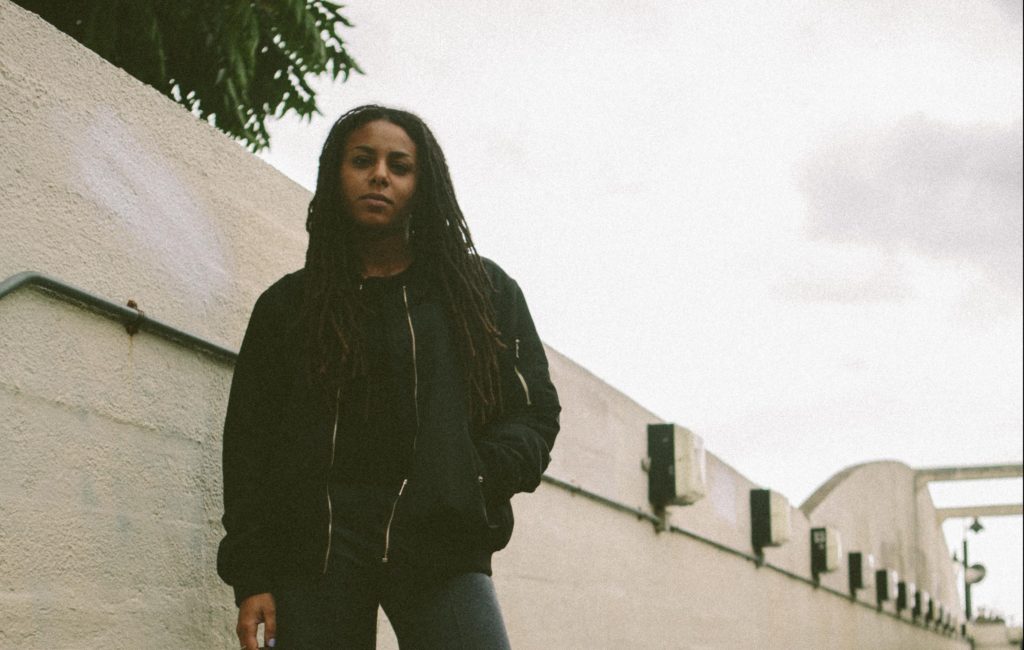
Edited by Celine Angbeletchy
ISCRIVITI ALLA NOSTRA NEWSLETTER
Riceverai contenuti extra, aggiornamenti su eventi, informazioni su artisti e sulle prossime release

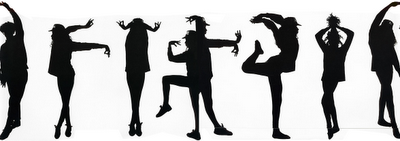
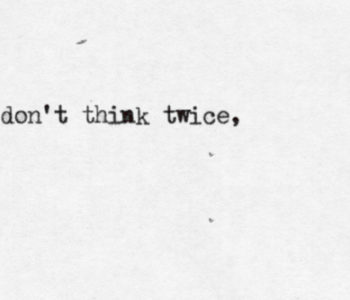
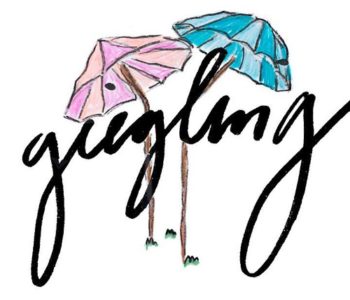

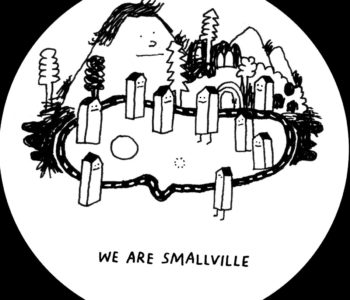
1 COMMENTO
[…] Italian Version – English […]